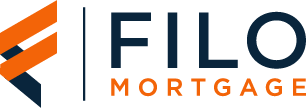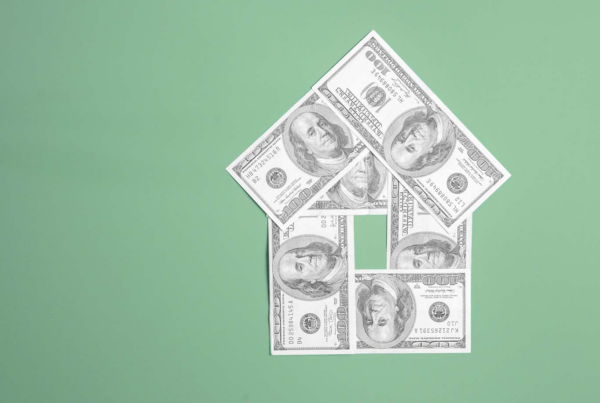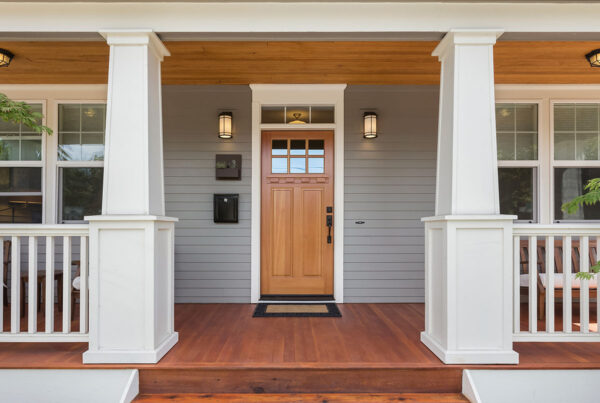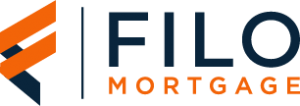Principal and interest aren’t the only things that make up mortgage payments; there are other factors that influence what your monthly mortgage will be, such as private mortgage insurance, also simply referred to as PMI.
This type of insurance is meant to provide protection for the lender in case the borrower defaults on the mortgage. PMI is built into monthly mortgage payments, and this insurance will pay a fraction of what is due to the lender should the borrower ever stop making their mortgage payments. PMI does not protect borrowers and does not prevent foreclosure.
PMI is typically required when borrowers put down less than 20 percent on the purchase of their home and when taking out a conventional mortgage. Other types of mortgages have different PMI regulations, such as FHA loans and USDA loans. VA loans don’t require PMI at all, but unlike other types of loans, they do include a funding fee when initially taking out the loan.
The cost of PMI
The cost of PMI will vary based on different factors, including the down payment amount, the borrower’s credit score, the type of mortgage, and the amount that is being borrowed. The average yearly cost of PMI usually ranges anywhere from 0.58 percent to 1.86 percent of the initial mortgage amount. If you buy a home that costs $250,000 with a 3.5 percent down payment, for example, your PMI would likely range anywhere from $117 to $374 a month, or $1,399 to $4,487 annually.
The PMI cost is known as a premium, and although it is usually added to monthly mortgage payments, you may also have the option to pay your PMI in one lump sum for the year. When you receive your loan estimate and closing disclosure documents, you’ll see the premium amount so you’ll specifically know how much your PMI is. Knowing how much your PMI will be can give you a better indication as to what your monthly mortgage will be, and what price point you can comfortably afford for your home purchase.
Lender-paid PMI
Borrowers who are unable to put down at least 20 percent, but are looking for an alternative to paying PMI, may be able to opt for lender-paid PMI. In exchange for lender-paid PMI, the borrower will accept a mortgage with a higher interest rate. If you go this route, you could always refinance your mortgage in the future to lower your rate.
Eliminating PMI
Avoiding PMI can be difficult if your down payment is less than 20 percent and you’re taking out a conventional mortgage. Once you have reached 20 percent equity in your home, however, you can request to have it removed. It will automatically be removed once you reach 22 percent.
Other types of loans may give borrowers the option to waive PMI, such as FHA, VA loans, and USDA loans, but these mortgages also impose other types of fees that borrowers wouldn’t have to pay with conventional mortgages. FHA loans are an exception, and typically give borrowers the opportunity to avoid PMI by only putting down 10 percent or more.
Avoiding PMI with a piggyback loan
One other solution for avoiding PMI with a lower down payment and a conventional mortgage is through a piggyback loan. In this scenario, a borrower would make a down payment of at least 10 percent and then take out a home equity line of credit (HELOC), or a second mortgage, in order to cover the remainder needed to reach 20 percent equity.
Because this means taking out two separate loans, it also results in two monthly payments, with the second mortgage rate typically being higher. It’s important to crunch the numbers to determine if this scenario would be a cost-effective option and would ultimately help you save money in the long run.
Contact Filo Mortgage
Do you have questions about PMI and mortgage options, or would you like more information about your options before applying? We are happy to help. Contact us today!








